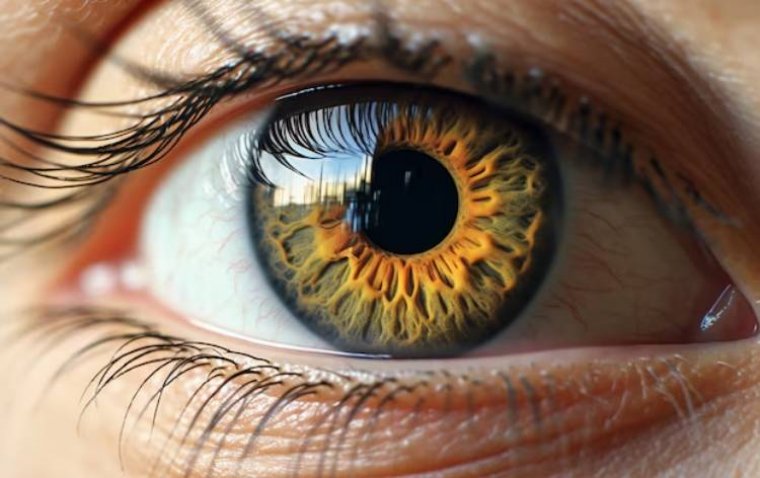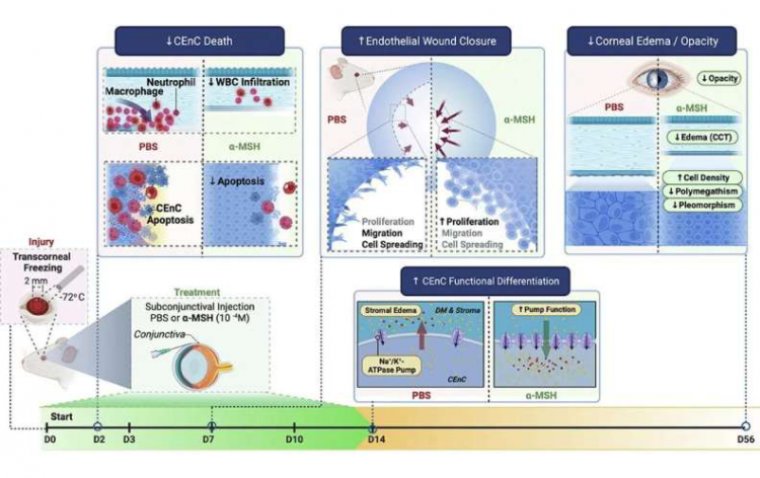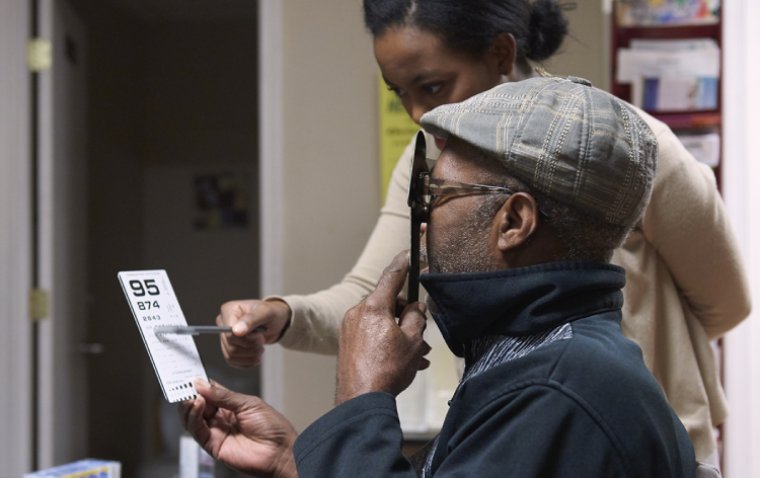
AI-Powered Eye Scans Show Promise in Cardiovascular Risk Screening in Primary Care
A study has demonstrated the feasibility of using artificial intelligence (AI)-driven retinal scans in general practice clinics to identify patients at risk for heart disease and stroke. The research, published in npj Digital Medicine, marks the first time this approach has been tested in a real-world clinical setting.
Integrating AI Eye Scans into Primary Care Workflows
The AI-powered eye scan offers a fast, noninvasive method to evaluate cardiovascular disease (CVD) risk by analyzing retinal blood vessels. The tool is designed for integration into general practice (GP) settings, making CVD risk assessment more accessible and routine.
“The ease of use of the retinal camera and high acceptance by doctors and patients demonstrates that it could be integrated into clinic workflow to screen patients before appointments with their GP,” said Wenyi Hu, the study’s first author.
Hu added that further refinement is needed to improve accuracy, especially in men over 60.
Study Design and Methodology
The study was led by Wenyi Hu as part of her Ph.D. work at the University of Melbourne, within the Centre for Eye Research Australia (CERA) Ophthalmic Epidemiology team, under the supervision of Associate Professor Lisa Zhuoting Zhu.
Key details of the study:
• 361 participants, aged 45–70, from two general practice clinics
• All participants had a recent cardiovascular risk assessment (e.g., blood pressure or cholesterol tests)
• Each underwent a retinal scan with a desktop camera
• The AI system generated real-time cardiovascular risk reports from the eye images
To validate the AI method, results were compared against the World Health Organization (WHO) CVD risk chart, which includes factors like age, sex, blood pressure, cholesterol, smoking status, and diabetes.
Key Findings
• 67.4% of AI-based risk scores matched WHO scores
• 17.1% of risks were overestimated, and 19.5% were underestimated
• Both approaches showed similar predictive accuracy when validated with over 27,500 records from the UK Biobank
• 93.9% imaging success rate, with most scans suitable for risk grading
• High satisfaction levels:
• 92.5% of patients
• 87.5% of general practitioners
Insights from Clinical Practice
Dr. Malcolm Clark, a general practitioner from Camberwell and co-author of the study, emphasized the potential of retinal scanning to enhance cardiovascular screening coverage across Australia.
“In the future, I would see patients receiving an SMS, reminding them to have an eye scan which would send a report on their risk to their doctor, who could then follow up with further tests if needed,” said Dr. Clark.
“This could become part of regular health screenings like a cervical screening test or a fecal occult blood test.”
Broader Applications and Public Health Impact
Associate Professor Zhu highlighted the broader implications of this AI technology in public health:
“We are building a future pathway that could offer low-cost, scalable, and equitable cardiovascular screening for everyone, including those in remote and underserved communities.”
Professor Zhu noted that AI eye scans could also provide insights into other systemic conditions such as brain and kidney health, offering a multi-disease preventive screening tool.
Reference:
Wenyi Hu et al, Real-world feasibility, accuracy and acceptability of automated retinal photography and AI-based cardiovascular disease risk assessment in Australian primary care settings: a pragmatic trial, npj Digital Medicine (2025). DOI: 10.1038/s41746-025-01436-1
(1).jpg)









